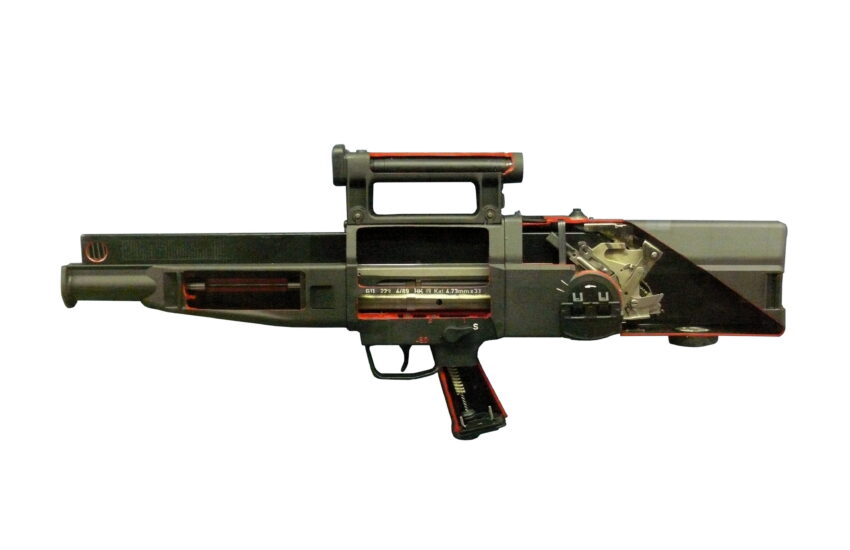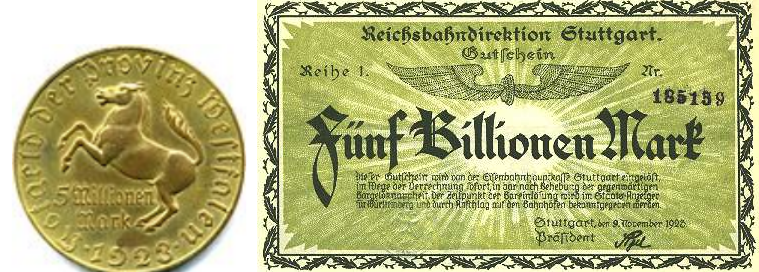US Army statistics show that, during the Vietnam war, it took the US soldier about 200,000 rounds of 5.56 (.223) ammunition to incapacitate one threat soldier. The near-miss distance by which the average US soldier missed a threat soldier was about 51 cm (about two feet). The waste of ammunition was enormous and expensive.
Currently, all man-portable combat weapons still use cased ammunition. The shells are still mainly made from brass, which is an alloy of copper and zinc, both relatively expensive strategic metals of limited availability. All shells from fired rounds are wasted. In war, they end up somewhere in the environment and they can only be recycled when used under controlled conditions e.g., on a shooting range. The brass shell constitutes about 50% of the value of the .223 round. It also makes up over 50% of the space or volume a round consumes.
Continue reading





